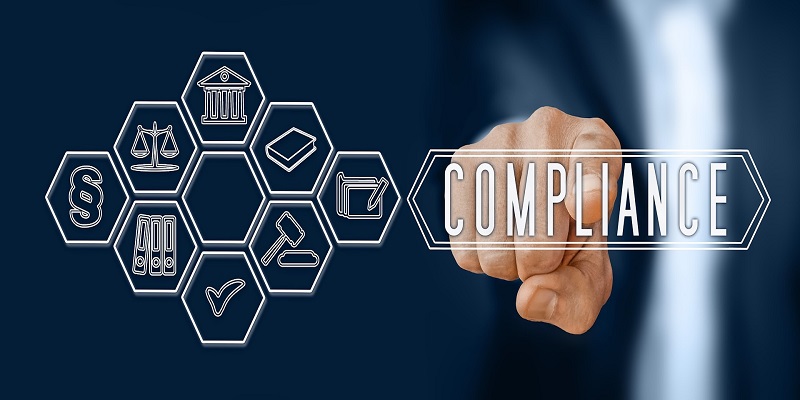We live in a digital age. We read books on our tablets and we videotape converse using our cell phones. Besides transubstantiating the way we take in information and communicate with others, going digital has changed the way data is stored and managed. For scientists, lab scrapbooks and experimental reports are moving from paper to digital formats.
The transition to paperless recording has had a huge impact on experimenters working in largely regulated surroundings. In order for the US Food and Drug Administration (FDA) to accept electronic records submitted for process examinations, experimenters must demonstrate that all computer systems used to induce and store data misbehave with the 21 CFR Part 11 guidelines.

How are scientists working in regulated surroundings impacted by these rules and what should they be on the lookout for when choosing a reporting software that meets compliance? Let’s break it down.
What’s 21 CFR Part 11?
CFR stands for “ Law of Federal Regulation.” 21 CFR Part 11, in particular, details the criteria under which electronic records and autographs are considered to be secure and original to paper records. Specifically, it’s guidance on how a company — operating in the US — can submit attestation in an electronic form and the criteria for approved electronic autographs.
Why is 21 CFR Part 11 important for experimenters working in regulated surroundings?
The conditions of Part 11 not only insure the authenticity, integrity, and confidentiality of raw electronic data, but also the nonrepudiation of electronic autographs. It’s worth emphasizing that it’s the experimenter’s responsibility for demonstrating that the instruments and software used to collect and dissect data are validated to meet the 21 CFR 11.
What should you consider when looking for 21 CFR Part 11 biddable software or instrument?
1. Security controls for stoner identification
Part 11 biddable systems must have security features that limit stoner access and their boons. Some exemplifications of these security features include making sure druggies have unique usernames and watchwords, being suitable to descry and help unauthorized system access and indeed locking compromised accounts.
2. Detailed inspection trail
When controllers arrive for examinations, you ’ll need to give a chronological record of all operations, videlicet an inspection trail. Thus, the software you use must be able of keeping a diurnal record of all functions initiated by the stoner or software.
3. Electronic autographs
Some documents bear a fairly binding electronic hand. A Part 11 biddable system must be suitable to assign unique electronic autographs to each stoner, which must be certified in jotting by the proprietor of the hand to be fairly original to a list hand.
21 CRF Part 11

Compliance with FDA regulations on electronic records and electronic autographs (21 CFR Part 11)
Title 21 CFR Part 11 is aU.S. civil regulation specifying FDA guidelines for electronic records and electronic autographs. It requires most companies that deal with the FDA, similar as pharmaceutical companies and medical device manufacturers, to apply controls that insure the integrity of their documents. Statgraphics guests regulated by the Food and Drug Administration (FDA) have asked about the 21 CFR part 11 compliance of Statgraphics software products with the FDA regulation on electronic records and electronic autographs (21 CFR Part 11).
Beginning with interpretation16.2, Statgraphics Centurion provides the capability to add watchwords and stoner autographs to StatFolios as well as automatic creation of an inspection trail to record the date and time at which Statfolios are changed to work as FDA compliance software for 21 CFR Part 11.
The extent to which a regulated company satisfies 21 CFR part 11 compliance doesn’t depend simply on whether the Statgraphics software is biddable, but also on how the regulated company uses Statgraphics in its exploration and data analyses. Regulated companies are responsible for validating their processes and systems that use Statgraphics, as well as for clinging to the guidelines for electronic record keeping and electronic autographs. The use of Statgraphics by itself doesn’t insure that druggies are biddable with this regulation, only with proper operation can Statgraphics serve as FDA compliance software. Secure record keeping requires a system that satisfies all the factors described by the Title 21 regulations, and specifically the FDA Part 11 compliance guideline.
Statpoint recommends that guests communicate the FDA for the most over-to- date information on the 21 CFR part 11 compliance.
